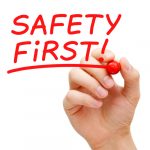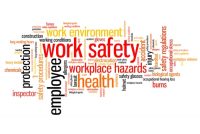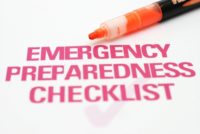Radon Testing and Mitigation FAQs
Radon Testing and Mitigation FAQs Q: Are there state requirements for radon testing and mitigation activities? A: States have radon and/or radiation programs with varying requirements and regulations. At this time, 15 states (CA, DE, FL, IA, IL, IN, KY, ME, NE, NJ, OH, PA, RI, VA, and WV) regulate or require qualification, certification, and/or […]










